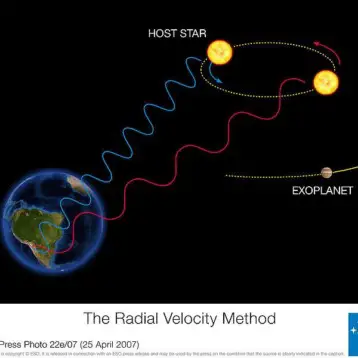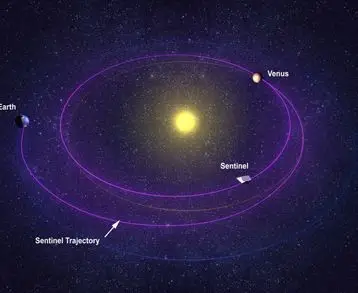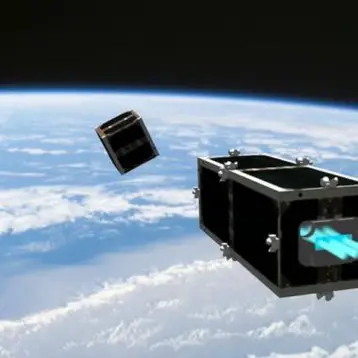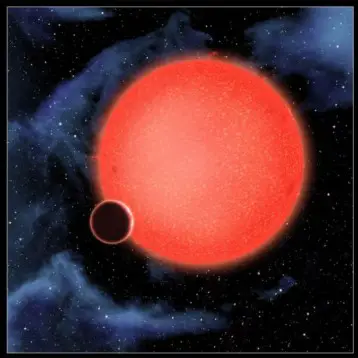|
The nine institutions signed on as telescope founders include the Carnegie Institution for Science, Harvard University, the Smithsonian Institution, Texas A&M University, the University of Arizona, the University of Texas at Austin, the Australian National University, Astronomy Australia Ltd., and the Korean Astronomy and Space Science Institute. This agreement establishes a formal project office and oversight organization.
The Giant Magellan Telescope will join two other Magellan telescopes currently located at the Las Campanas Observatory. The 6.5 meter “Walter Baade” telescope began operating in September, 2000 while its twin “Landon Clay” telescope began operating in September, 2002. The two telescopes are considered among the best natural imaging telescopes in the world. The Las Campanas site is an ideal location for large telescopes because it enjoys clear weather nearly year round and is very sparsely populated, thus being free from both atmospheric and light pollution.
Designs for the Giant Magellan Telescope are still being finalized, although the basics are set and its mirrors are already in production under the auspices of Roger Angel and the Steward Observatory Mirror Lab at the University of Arizona. The first 20-ton mirror has been built but according to the scientists still needs to be polished and tested, what brings its estimated final completion date to early 2010.
|
When completed, the telescope will produce images over ten times sharper than those generated by the Hubble Space Telescope. Some of the projected avenues of exploration include examining the properties of dark matter, observing the formation of stars and galaxies, exploring the origins of planetary systems, and investigating black holes.
TFOT has previously covered other telescopes, including the recently launched Kepler Telescope, which was designed to search for habitable planets in a nearby region of our galaxy. We have also brought to you initial reports from the Fermi Gamma-ray Space Telescope (formerly the Gamma-ray Large Area Space Telescope, or “GLAST”), and covered the High-Resolution Soft X-Ray Spectrometer (SXS), which was designed for Japan’s NeXT telescope. You are also welcome to read our articles on the construction of the French Antares underwater Neutrino Telescope, and the construction of one of the largest ever cameras to detect dark energy.
Read more about the founder’s agreement in this Giant Magellan Telescope Organization press release. More information on the telescope itself can be found at the Giant Magellan Telescope project site, while information on Las Campanas is available on the official website of Las Campanas Observatory.











